Choosing the right data cables is crucial for businesses aiming to maintain efficient and reliable network performance in 2024. Data cables, such as twisted pair, coaxial, and fiber optic, serve as the backbone for information transfer within a company’s infrastructure. They enable fast, secure, and high-capacity data transmission, which is vital for supporting the increasing demands of modern business operations. Investing in the appropriate data cables not only ensures seamless communication but also enhances overall productivity and future-proofs the network against evolving technological needs. Making informed decisions about data cables can lead to significant long-term benefits for any business.
Table of Contents
1. Understanding Data Cable Types and Their Uses
2. Current Market Overview and Trends
3. Key Considerations for Selecting Data Cables
4. Top Data Cable Models and Their Features
5. Conclusion

Understanding Data Cable Types and Their Uses
Overview of Twisted Pair Cables
Twisted pair cables are the most prevalent type of data cable used in business networks, known for their cost-effectiveness and efficiency in transmitting data. These cables consist of pairs of insulated copper wires twisted together to reduce electromagnetic interference. The most common categories include Cat5e, Cat6, and Cat6a.
Cat5e cables are widely used for basic networking needs. They support data transmission speeds of up to 1 Gbps over distances of up to 100 meters, making them suitable for connecting PCs, laptops, and printers in office environments. They offer a good balance between performance and cost, making them a popular choice for many businesses.
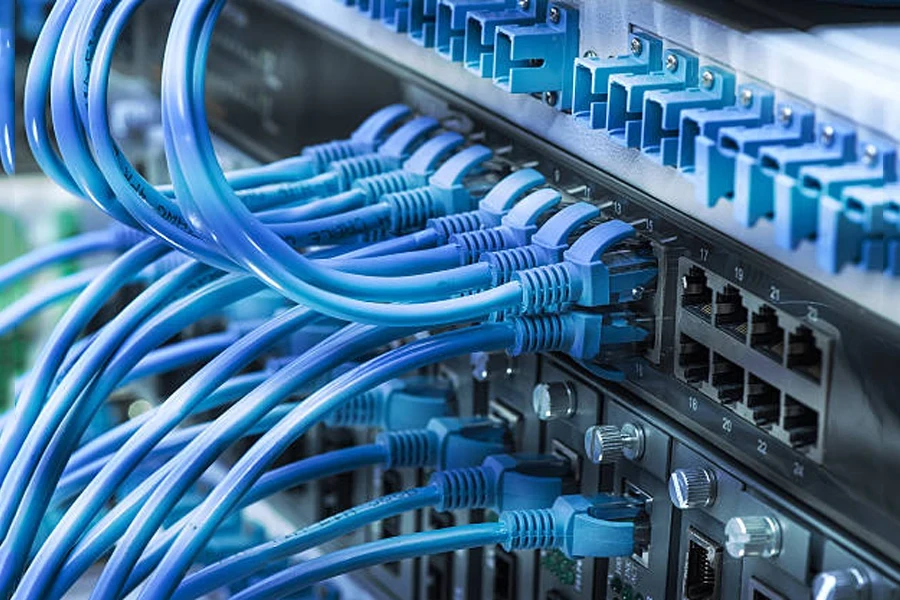
Cat6 cables offer enhanced performance compared to Cat5e. They feature thicker copper conductors and improved insulation, which reduces interference and allows for better data transmission. Cat6 cables support speeds of 1 Gbps over 100 meters and can handle up to 10 Gbps over shorter distances of up to 55 meters. This makes them ideal for more demanding applications that require higher bandwidth.
Cat6a cables, also known as Cat6 Augmented, provide even greater performance. These cables are thicker and more robust, capable of supporting 10 Gbps speeds over the full 100-meter range. They are often chosen for environments that demand high-speed data transfer and are looking to future-proof their network infrastructure.
Twisted pair cables are versatile and widely used in various applications, including office networks, data centers, and telecommunications. Their reliability and ease of installation make them a staple in business networking.
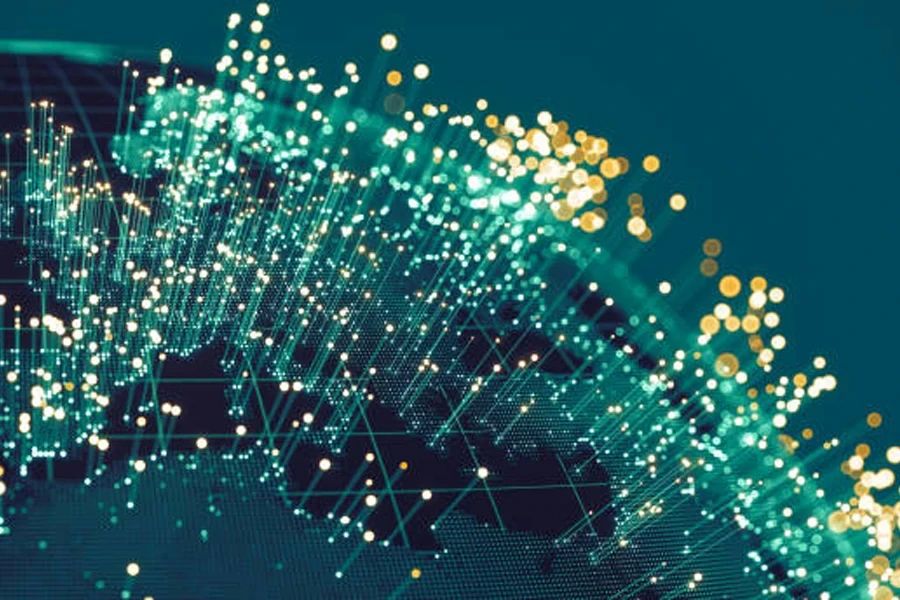
Insights into Coaxial Cables
Coaxial cables are designed with a central core conductor surrounded by an insulating layer, a metallic shield, and an outer jacket. This construction allows them to carry high-frequency signals with minimal interference, making them ideal for video and communication systems.
These cables are commonly used in applications such as television broadcasting, cable TV, and internet services. Coaxial cables can also be found in CCTV installations and other video surveillance systems, where they transmit video signals reliably over long distances.
In business environments, coaxial cables are utilized for specific purposes where their high bandwidth capabilities are required. For instance, they are often used in structured cabling systems to connect video conferencing equipment and other multimedia devices. Their ability to handle large amounts of data makes them suitable for environments that rely heavily on video communication.
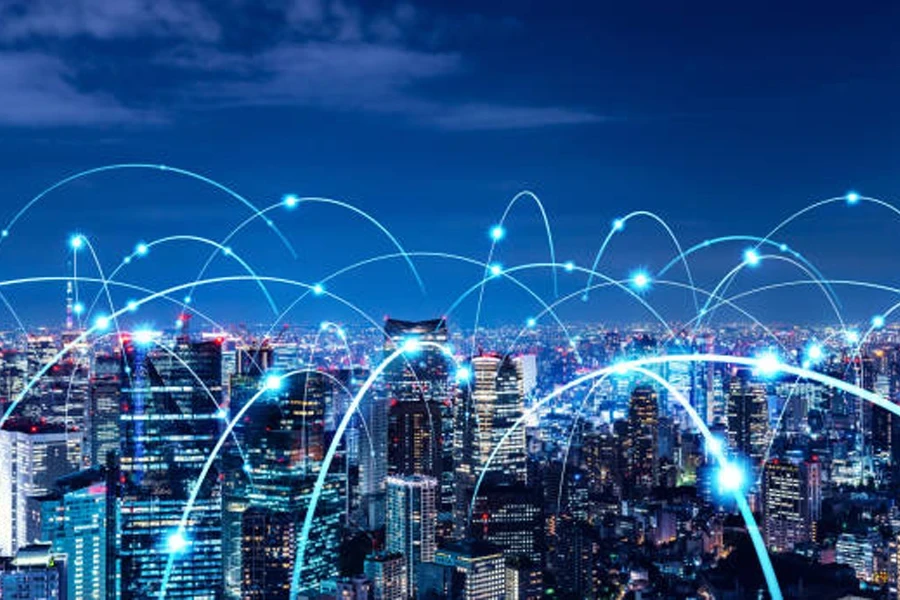
Advantages of Fiber Optic Cables
Fiber optic cables represent the pinnacle of data transmission technology, offering unparalleled speed and reliability. These cables use light to transmit data, allowing for incredibly high-speed data transfer over long distances without significant signal loss.
Fiber optic cables consist of a core made of glass or plastic fibers, surrounded by cladding that reflects light back into the core, and a protective outer layer. This design enables them to carry data at speeds far exceeding those of traditional copper cables. Fiber optic cables are capable of supporting data rates of up to 100 Gbps and beyond, making them ideal for high-bandwidth applications.
Businesses benefit greatly from using fiber optic cables in scenarios where high-speed data transfer is critical. For example, data centers, large office networks, and telecommunication systems often rely on fiber optics to handle the massive amounts of data generated and transmitted daily. The cables are also preferred in environments where electromagnetic interference is a concern, as they are immune to such disruptions.
Additionally, fiber optic cables are future-proof, meaning they can support the growing data demands of businesses without needing frequent upgrades. This makes them a smart investment for companies looking to build robust and scalable network infrastructures.
In conclusion, understanding the different types of data cables and their specific uses is essential for businesses aiming to optimize their network performance. Twisted pair cables offer a cost-effective solution for general networking needs, coaxial cables excel in video and communication applications, and fiber optic cables provide unmatched speed and reliability for high-demand environments. By selecting the right type of cable, businesses can ensure efficient and reliable data transmission, enhancing overall productivity and future-proofing their networks.

Current Market Overview and Trends
Market Growth and Statistics
The data cable market has experienced significant growth over recent years and is projected to continue expanding through 2024. According to market research, the global wire and cable market was valued at approximately USD 202.7 billion in 2023 and is expected to reach USD 372.27 billion by 2033, growing at a compound annual growth rate (CAGR) of around 6.1%. This robust growth is driven by several key factors.
The increasing demand for high-speed internet and advanced communication systems has significantly boosted the need for efficient data cabling solutions. The proliferation of data centers, fueled by the exponential growth of cloud computing and big data, has also played a crucial role in market expansion. Additionally, the rise in smart home technologies and the Internet of Things (IoT) has further accelerated the demand for reliable data cables to support interconnected devices.
Moreover, the deployment of 5G networks is another significant driver, necessitating advanced cabling solutions to handle higher data transfer rates and increased network traffic. As businesses and industries continue to digitize and integrate more sophisticated IT infrastructure, the requirement for high-performance data cables will only intensify.
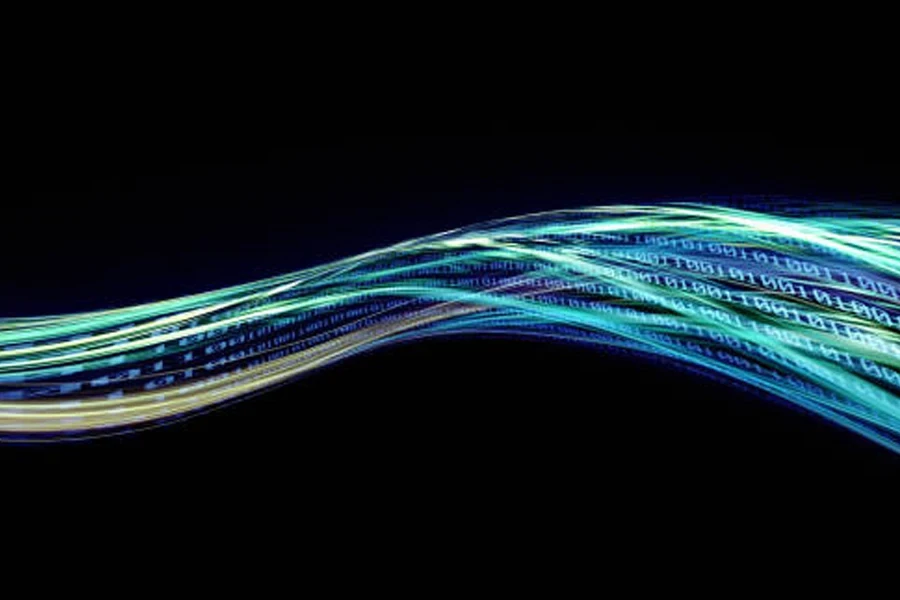
Emerging Technologies
Advancements in data cable technology have kept pace with the growing demands of modern network infrastructures. One notable development is the enhancement of fiber optic cables, which have become the gold standard for high-speed data transmission. Recent innovations have enabled fiber optic cables to achieve unprecedented data transfer speeds, with some reaching up to 301 terabits per second. This leap in technology not only supports current high-bandwidth applications but also prepares networks for future needs.
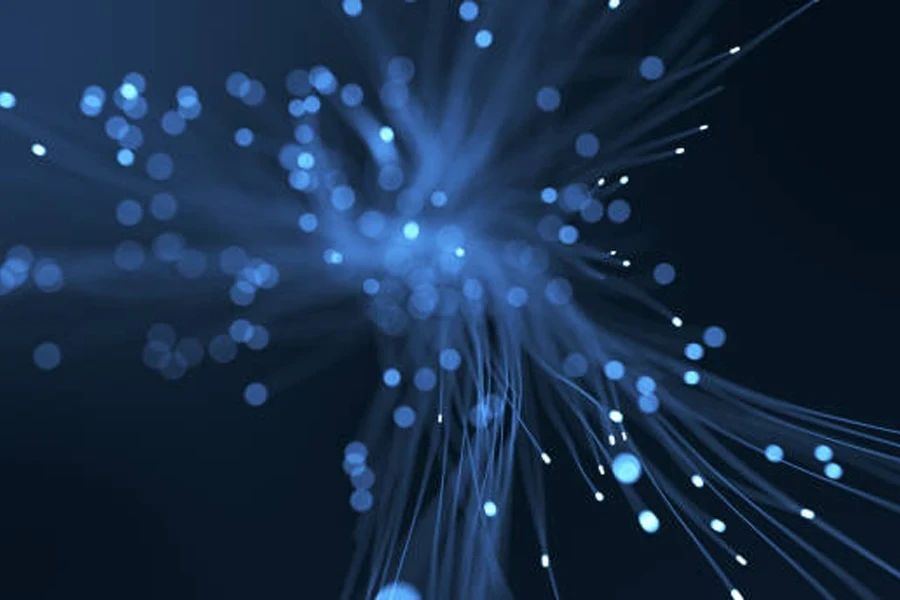
Twisted pair cables have also seen improvements, particularly in the development of higher category cables like Cat6a and Cat8. These cables offer enhanced shielding and greater data transfer rates, making them suitable for environments that require robust performance and minimal interference. The introduction of Cat8 cables, which can support speeds of up to 40 Gbps over shorter distances, represents a significant advancement for applications that demand ultra-fast data transmission.
In addition to these advancements, the integration of smart technologies in cable manufacturing has led to the creation of cables with improved durability and resistance to environmental factors. Innovations such as self-healing materials and enhanced insulation are making data cables more resilient and reliable, reducing maintenance costs and downtime.
The market is also witnessing the growing adoption of hybrid cables, which combine different types of cabling solutions into a single unit. These hybrid cables can simultaneously transmit power and data, streamlining the installation process and reducing the complexity of network setups. This trend is particularly beneficial in scenarios where space constraints and efficiency are critical considerations.
Overall, the data cable market is poised for continued growth and innovation. Businesses must stay informed about these emerging technologies and market trends to make strategic decisions that will optimize their network performance and support future expansion. By leveraging the latest advancements in data cable technology, companies can ensure they remain competitive in an increasingly connected world.
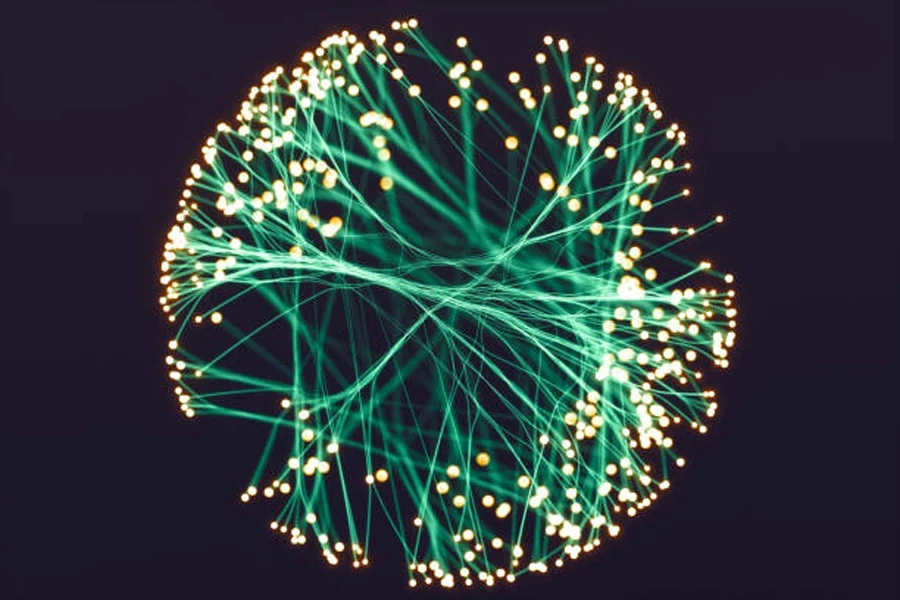
Key Considerations for Selecting Data Cables
Performance Requirements
Selecting the right data cable begins with understanding the specific performance requirements of the network. Speed and bandwidth are crucial factors that directly influence the efficiency and reliability of data transmission. For instance, Cat5e cables can handle speeds of up to 1 Gbps, making them suitable for standard office setups with basic networking needs. However, for more demanding environments, Cat6 cables are preferable due to their capability to support 1 Gbps over 100 meters and up to 10 Gbps over shorter distances of 55 meters.
Cat6a cables further enhance performance, offering 10 Gbps speeds over the full 100-meter distance. This makes them ideal for high-performance applications where data transfer speed is critical. As businesses increasingly rely on cloud services, video conferencing, and large data transfers, the demand for high-speed, high-bandwidth cables has become more pronounced.
Distance limitations also play a significant role in cable selection. While twisted pair cables like Cat6a can effectively manage shorter distances with high speeds, environments requiring longer cable runs might benefit from fiber optic solutions. Fiber optic cables excel in long-distance data transmission, maintaining high speeds without significant signal degradation.
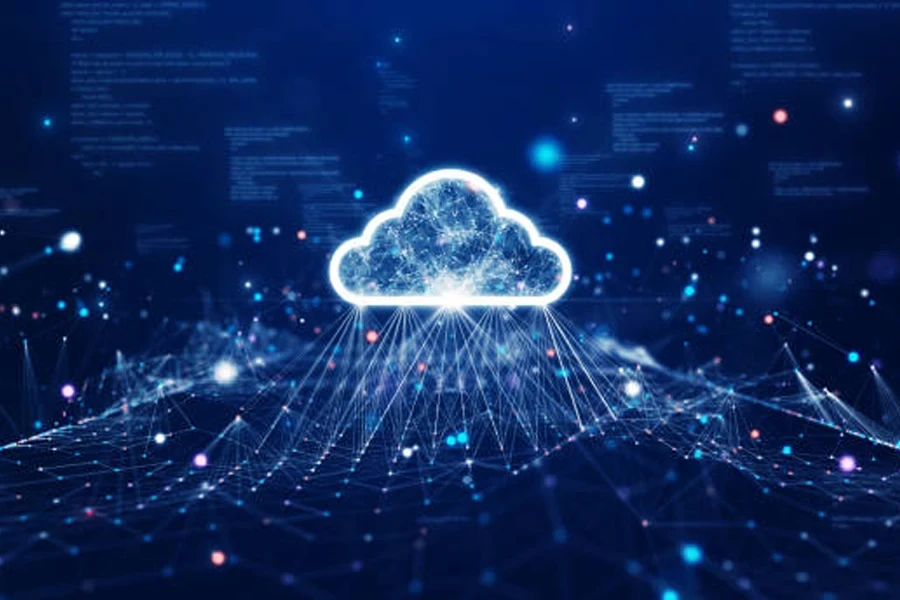
Environmental Factors
The installation environment is another key consideration when selecting data cables. In settings where electromagnetic interference (EMI) is prevalent, such as industrial areas or spaces with heavy electrical equipment, choosing the right type of shielding is essential. Shielded twisted pair (STP) cables are designed to minimize interference, making them suitable for environments with high EMI. STP cables have an additional layer of shielding that protects the data signals from external noise, ensuring more reliable communication.
In contrast, unshielded twisted pair (UTP) cables are commonly used in environments where interference is less of a concern. UTP cables are lighter, more flexible, and easier to install, making them a popular choice for standard office environments and residential setups. However, in high-interference areas, their performance can be compromised compared to shielded alternatives.
When selecting data cables, it’s important to assess the specific conditions of the installation site. Factors such as temperature fluctuations, humidity, and potential exposure to physical damage should be considered. Cables designed with robust insulation and protective jackets can withstand harsher conditions, reducing the risk of damage and maintaining performance integrity.
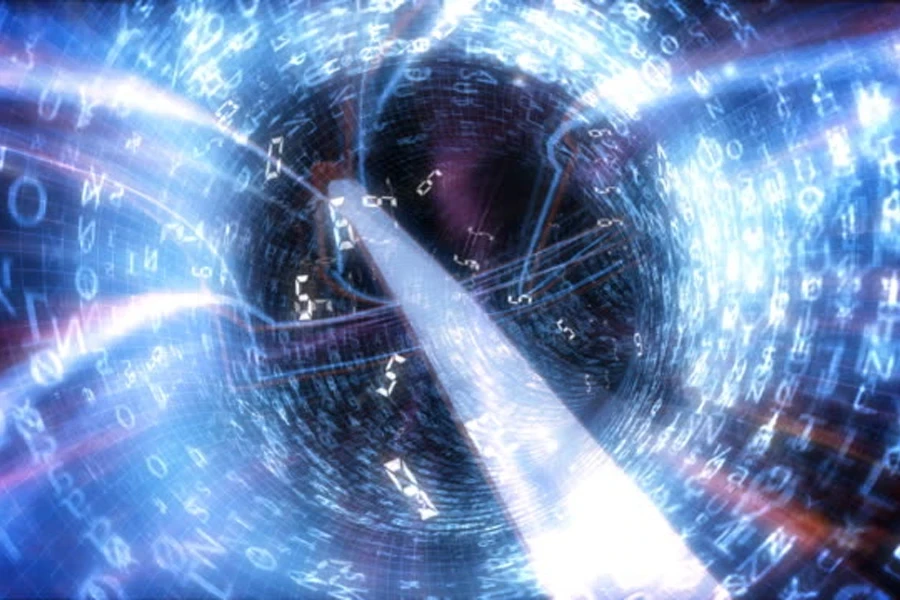
Future-Proofing Your Network
Investing in higher category cables is a strategic decision that can future-proof a network against evolving technological demands. As businesses continue to grow and technology advances, the need for faster and more reliable data transmission will only increase. Cat6a and fiber optic cables are excellent choices for those looking to prepare their networks for future requirements.
Higher category cables not only support current high-speed applications but also provide the bandwidth necessary for emerging technologies. For example, the rise of 4K and 8K video streaming, virtual reality, and advanced cloud computing applications requires robust data infrastructure capable of handling large volumes of data with minimal latency.
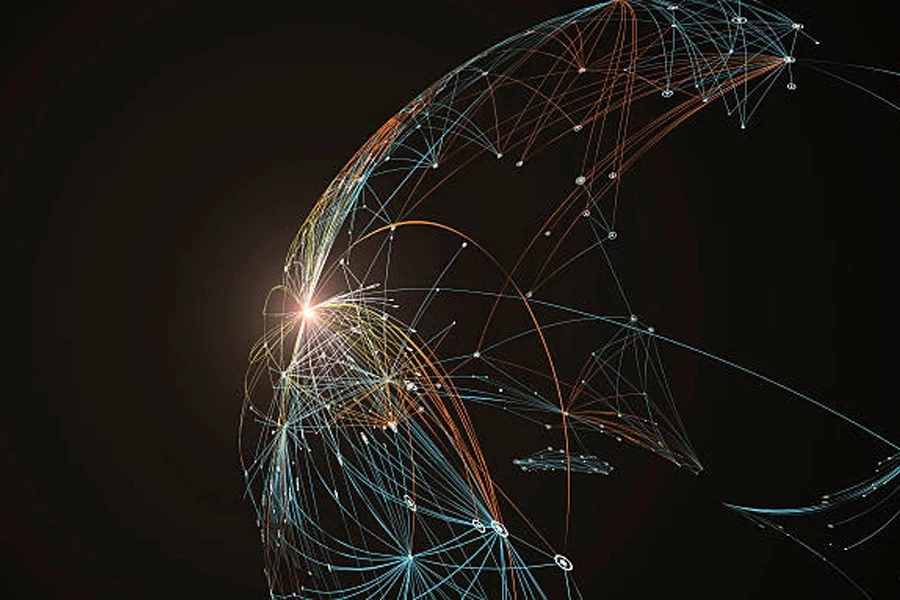
Preparing for future data demands involves considering both current needs and potential growth. While the initial investment in higher category cables may be higher, the long-term benefits in terms of performance, reliability, and scalability make it a worthwhile expenditure. By choosing cables that exceed current requirements, businesses can avoid frequent upgrades and disruptions, ensuring a smooth and efficient operation as new technologies emerge.
In summary, selecting the right data cables involves a thorough assessment of performance requirements, environmental factors, and future needs. By understanding these key considerations, businesses can make informed decisions that enhance network performance, reliability, and scalability, supporting their long-term growth and technological advancement.

Top Data Cable Models and Their Features
Best Twisted Pair Cables
Cat5e, Cat6, and Cat6a cables are among the leading twisted pair cables in 2024, each offering distinct advantages for business networking needs.
Cat5e cables are renowned for their affordability and efficiency, supporting data speeds up to 1 Gbps over distances of 100 meters. They are ideal for standard office setups where basic networking needs such as connecting computers, printers, and other devices are required. Cat5e cables also offer reduced crosstalk compared to their predecessors, ensuring a more stable connection.
Cat6 cables provide enhanced performance with speeds of 1 Gbps for 100 meters and up to 10 Gbps for shorter distances of 55 meters. These cables feature thicker copper conductors and improved shielding, which reduces interference and enhances data integrity. Cat6 cables are well-suited for environments with higher data demands, such as multimedia studios and small data centers.
Cat6a cables represent the next step in performance, offering 10 Gbps speeds over the full 100-meter distance. They are designed with even better shielding to minimize crosstalk and electromagnetic interference, making them perfect for high-density networks and applications that require high bandwidth. These cables are ideal for future-proofing business networks, ensuring they can handle growing data requirements.
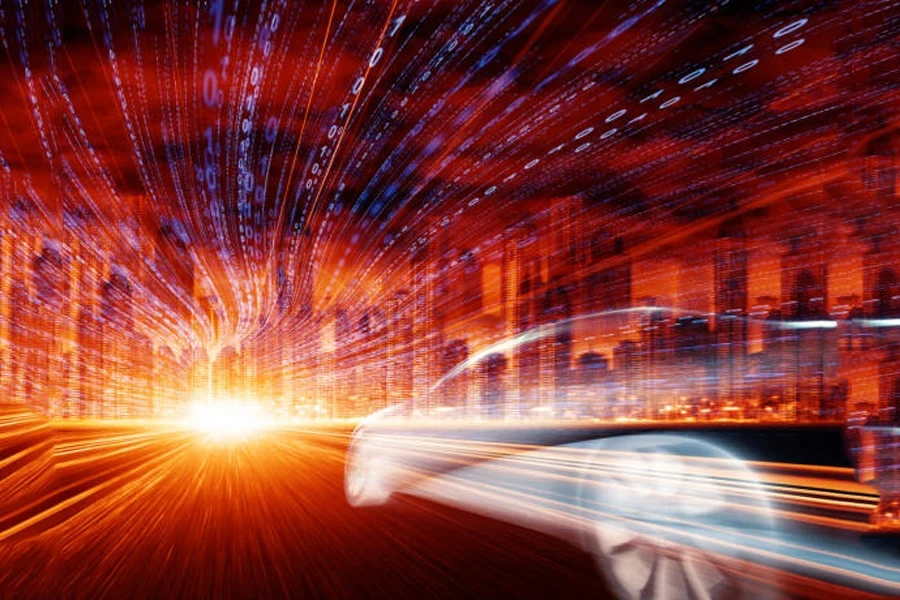
Leading Coaxial Cables
Coaxial cables continue to be a staple in video and communication systems, with several top-performing models in 2024.
The RG6 coaxial cable is a popular choice for high-definition video transmission and broadband internet. It features a thick dielectric insulator and double shielding, providing excellent protection against signal interference. This makes it ideal for applications such as cable television, satellite connections, and security camera installations.
The RG11 coaxial cable offers even better performance, capable of maintaining signal quality over longer distances compared to RG6. It is commonly used in large-scale installations such as cable TV networks and internet service providers. The higher shielding and thicker core ensure minimal signal loss, making it suitable for outdoor and underground installations.
Quad-shield RG6 cables provide an additional layer of shielding, offering superior protection against electromagnetic interference. These cables are particularly useful in environments with high interference, such as industrial settings or densely populated urban areas. They ensure clear signal transmission for both video and data applications, making them versatile for various uses.
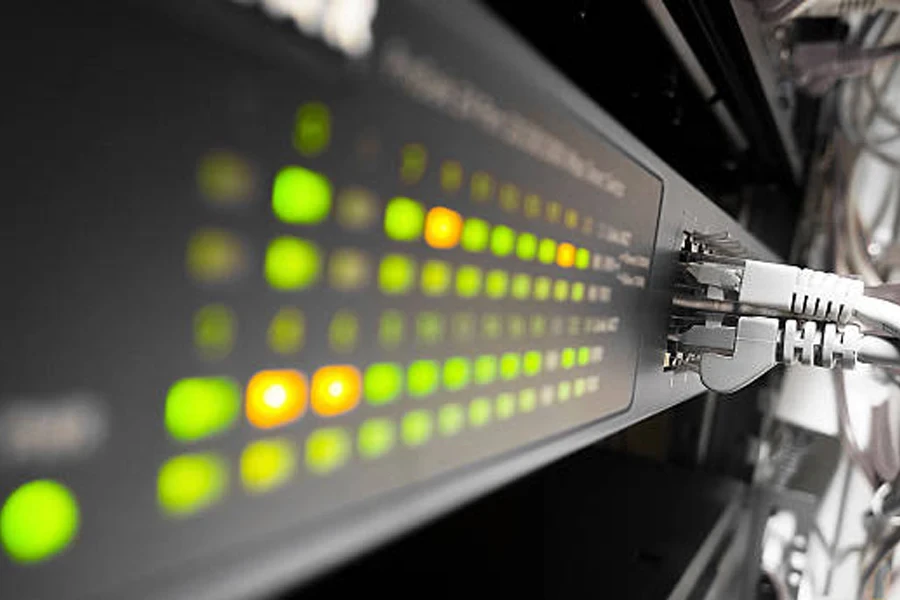
Superior Fiber Optic Cables
Fiber optic cables are the gold standard for high-speed data transmission, with several standout models in 2024.
Single-mode fiber optic cables are designed for long-distance data transmission, supporting speeds of up to 100 Gbps over distances exceeding 10 kilometers. They use a single light wave to transmit data, which reduces signal attenuation and ensures consistent performance over long distances. These cables are ideal for connecting data centers, metropolitan networks, and large-scale enterprise environments.
Multi-mode fiber optic cables are optimized for shorter distances, such as within data centers and campus networks. They support data speeds of up to 40 Gbps over distances up to 550 meters. Multi-mode cables are cost-effective and offer high bandwidth, making them suitable for applications where speed and reliability are critical but the distances are relatively short.
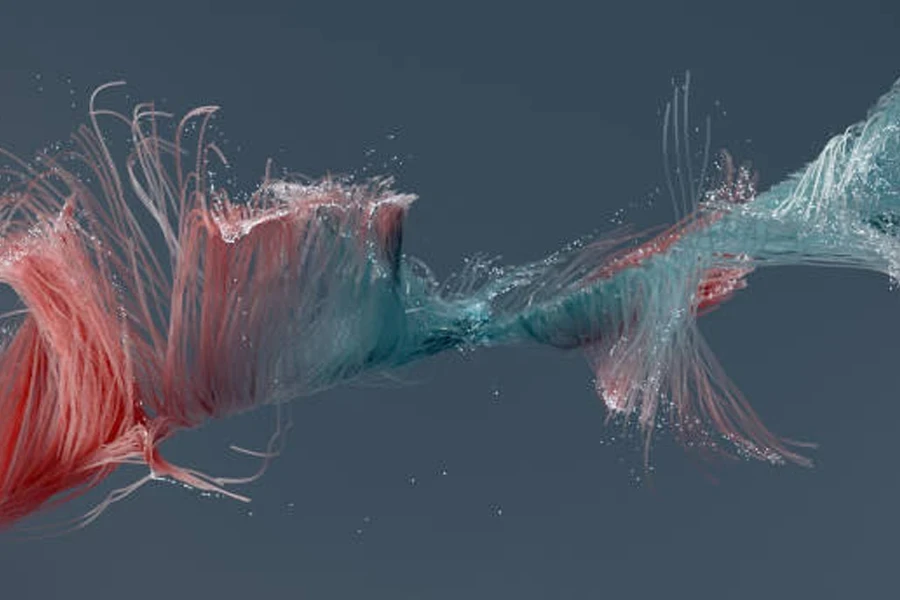
Armored fiber optic cables provide extra protection with a rugged outer layer that shields against physical damage and environmental hazards. These cables are perfect for harsh environments, such as industrial facilities and outdoor installations. The added durability ensures that the cables can withstand challenging conditions without compromising performance.
Each of these fiber optic cable types offers unique benefits tailored to specific needs, ensuring that businesses can find the right solution for their high-speed data transmission requirements.
In conclusion, understanding the features and benefits of different data cable models is crucial for optimizing network performance. Twisted pair cables like Cat5e, Cat6, and Cat6a provide reliable and scalable solutions for various networking needs. Coaxial cables such as RG6 and RG11 offer robust options for video and communication systems, while fiber optic cables deliver unparalleled speed and reliability for high-demand applications. Selecting the appropriate data cable model ensures that businesses can meet their current and future data transmission needs efficiently.

Conclusion
Choosing the right data cables is crucial for optimizing business operations, enhancing network performance, and ensuring future scalability. Twisted pair cables like Cat5e, Cat6, and Cat6a provide reliable solutions for various networking needs, while coaxial cables such as RG6 and RG11 offer robust options for video and communication systems. Fiber optic cables stand out for their unparalleled speed and reliability, making them ideal for high-demand applications. By understanding the specific requirements and features of each cable type, businesses can make informed decisions that support efficiency and growth, ensuring they remain competitive in a rapidly evolving technological landscape.



